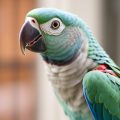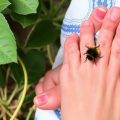Содержание
- What is PDD and why should you care?
- Which birds get PDD?
- How PDD affects the body: a simple explanation
- Recognizing the early and common symptoms
- Progression and stages: what to expect over time
- How owners can monitor and detect early signs
- What else can look like PDD? Differential diagnoses
- Diagnostic approach: tests your vet may recommend
- Treatment options and supportive care
- Managing a flock and preventing spread
- Everyday care tips to reduce risk and spot problems earlier
- Case examples: real-world symptom patterns
- Emotional and financial considerations
- When euthanasia may be the kindest choice
- Frequently asked questions
- Quick-reference action plan for suspected PDD
- Summary table: Signs to watch for at home
- Closing thoughts and realistic expectations
- Conclusion
SQLITE NOT INSTALLED
Proventricular Dilatation Disease (PDD) is one of those avian illnesses that stole the spotlight over the past few decades because it affects birds in ways that are both subtle and dramatic. If you keep parrots, cockatoos, macaws, or other psittacine species, the phrase “PDD” is likely familiar — and worrying. In this article I’ll walk you through everything you need to know about recognizing the symptoms of PDD: what to watch for, how signs progress, possible mimics, how testing works, what your veterinarian will look for, and what you can do to support an affected bird. I’ll keep it conversational and practical, with clear steps and visual summaries to help you identify early warning signs so you can act quickly.
What is PDD and why should you care?
Proventricular Dilatation Disease is a condition that primarily affects the nerves controlling the digestive tract and, in many cases, the central nervous system. Over time, nerve damage causes the proventriculus — the glandular stomach in birds — and other parts of the gastrointestinal tract to enlarge and lose function. The disease is associated with avian bornaviruses (ABV), though not every bird infected with ABV shows PDD. Because PDD interferes with digestion and nervous control, it can lead to malnutrition, weight loss, and dangerous complications. For bird owners, early recognition matters: the sooner a potentially affected bird sees an avian veterinarian, the better the chance to manage symptoms and improve quality of life.
Which birds get PDD?
PDD is most commonly recognized in psittacine birds — parrots, macaws, cockatoos, African greys, conures — but it has been reported in other species too. Younger and older birds can be affected. Some bird populations seem to carry avian bornavirus without obvious disease, while others develop severe PDD. The variability makes observation and careful record-keeping crucial for bird caretakers.
Why species and individual differences matter
Not all birds exposed to ABV will develop PDD, and clinical signs can vary from one species to another, and from one individual to another. Caring for mixed flocks or adding new birds increases the need for vigilance, quarantine procedures, and close monitoring for subtle changes in behavior or digestion.
How PDD affects the body: a simple explanation
PDD targets the nerves that control the gastrointestinal tract (enteric nervous system) and often parts of the central nervous system (brain and spinal cord). The damage is primarily inflammatory and affects nerve cells and ganglia. When nerves don’t signal properly, muscles that propel food through the digestive tract weaken. Food remains in the crop or stomach, causing enlargement (dilatation), regurgitation, decreased appetite, and weight loss. If the central nervous system is involved, you may see neurologic signs such as ataxia, tremors, or behavioral changes.
Recognizing the early and common symptoms
Early recognition of PDD can be tricky because the first signs are often subtle and easily mistaken for other problems. Watch for persistent or progressive changes rather than one-off events. Below is a table summarizing common signs you can look for at home.
| Category | Typical Signs | What it suggests |
|---|---|---|
| Gastrointestinal | Regurgitation, undigested food in droppings, crop retention, vomiting-like behavior | Crop or proventricular dysfunction; slowed GI motility |
| Weight and nutrition | Progressive weight loss despite eating, poor feather condition | Malabsorption, chronic GI stasis |
| Stool changes | Changes in consistency or volume, undigested seeds, watery or variable droppings | Incomplete digestion; variable intestinal transit |
| Neurologic | Ataxia (wobbly), tremors, head tilt, seizures, weakness, proprioceptive deficits | CNS or peripheral nervous system involvement |
| Behavioral | Increased sleeping, decreased activity, changes in vocalization or temperament | Systemic illness or neurological change |
| Other | Sudden collapse, aspiration pneumonia, prolonged crop swelling | Advanced disease; secondary complications |
Gastrointestinal symptoms in more detail
The most common early signs of PDD involve digestion. You might notice your bird regurgitating more often, finding whole seeds in droppings, or seeing a crop that stays full or abnormally floppy. Some owners report a bird “tasting” its food repeatedly or dropping bits. Food retained in the crop or proventriculus can ferment, causing bad breath and discomfort. Because these symptoms overlap with common issues like crop infections, impaction, or diet problems, keep a careful log of changes and their frequency.
Neurologic and behavioral symptoms
When nerves in the brain or spinal cord are involved, the signs can be dramatic: stumbling when perched, poor coordination, head tremors, or even seizures. Behavioral changes include lethargy, reduced vocalization, or uncharacteristic aggression or withdrawal. These signs may appear before severe GI symptoms, so don’t dismiss them as simple mood swings.
Progression and stages: what to expect over time
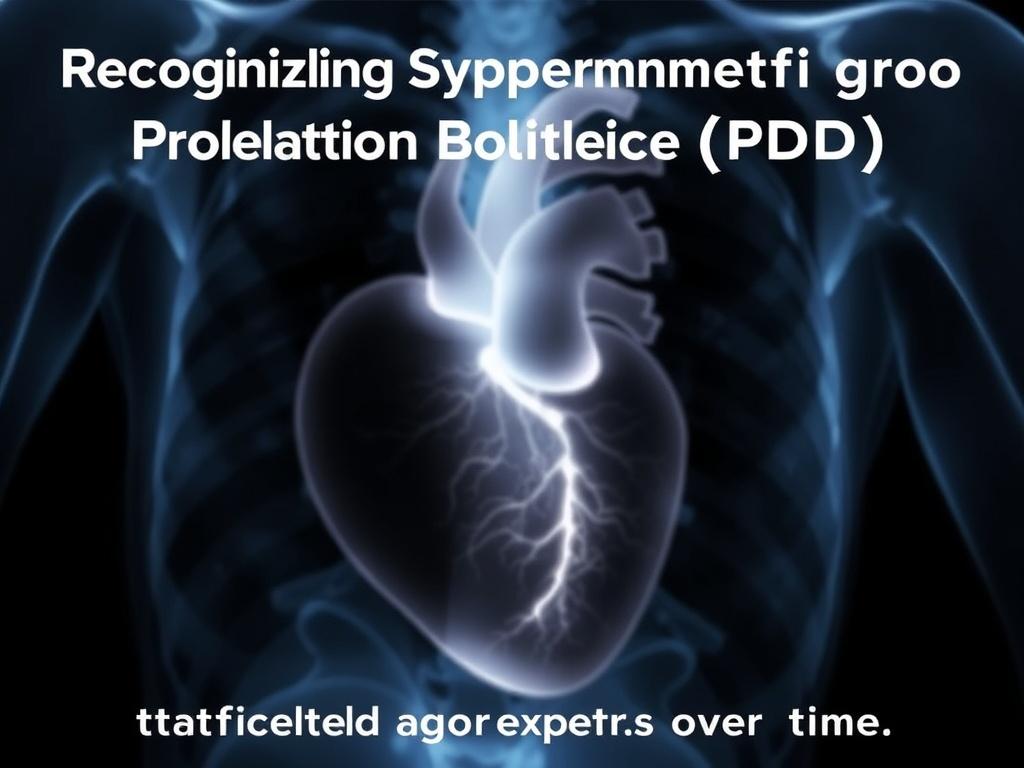
PDD can be variable. In some birds, signs develop slowly over months; in others, they escalate more rapidly. A common pattern is progressive GI dysfunction leading to weight loss and poor condition, often with intermittent neurologic signs. Secondary infections, such as aspiration pneumonia (from inhalation of food or fluid), are common and can be life-threatening. Chronic cases can lead to severe malnutrition and death if left unmanaged.
How owners can monitor and detect early signs
Vigilance is your best tool. Small, consistent observations can catch changes before they become emergencies. Use these practical monitoring steps:
- Weigh your bird regularly using the same scale and time of day. Even a 5% drop in body weight is meaningful.
- Keep a daily log of appetite, droppings, vocalization, activity, and any coughs or regurgitation events.
- Observe the crop after feeding — note how long it takes to empty.
- Watch preening and feather condition for signs of malnutrition.
- Record any neurologic behaviors (e.g., stumbling, head tilt, tremors) with date/time and context.
These small data points become invaluable when speaking with your avian veterinarian.
A step-by-step observation checklist
- Weigh your bird once or twice weekly and note changes.
- Watch for repeated regurgitation or food in droppings for more than 24–48 hours.
- Note any persistent crop fullness beyond normal digestion time (crop should usually empty within a few hours after eating).
- Check droppings for consistency and presence of undigested food.
- Observe posture, gait, and perching stability daily.
If you detect any of these persistent signs, contact an avian veterinarian promptly. Early evaluation helps rule out other causes and allows for supportive care.
What else can look like PDD? Differential diagnoses
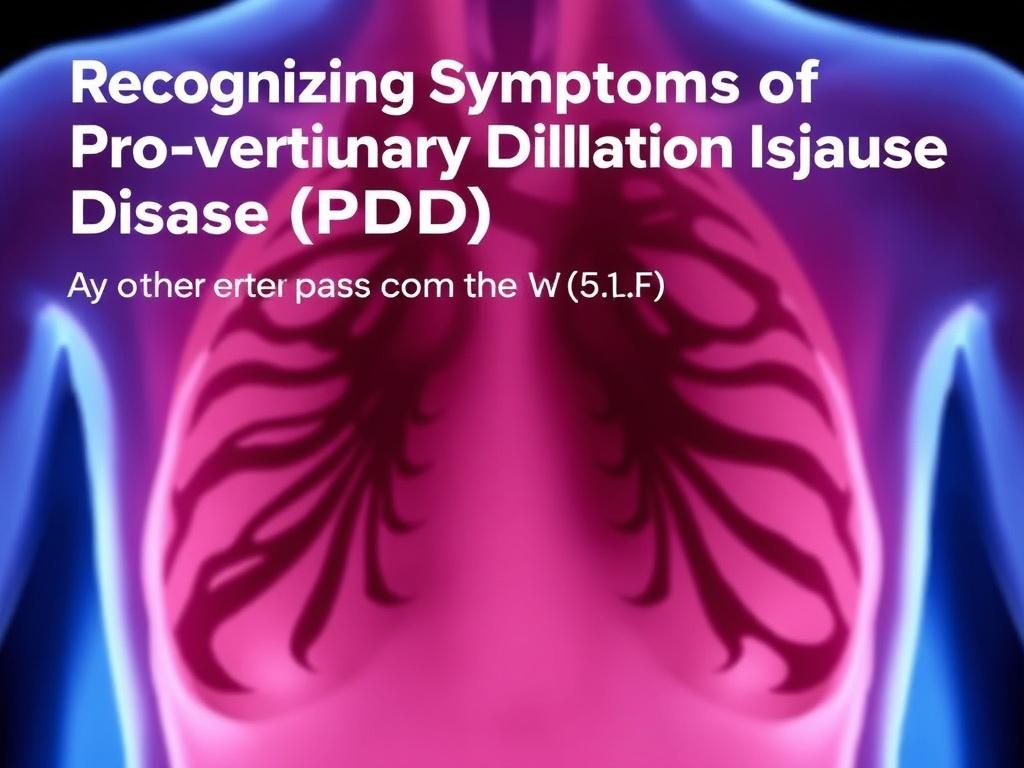
Many conditions can mimic PDD, so a professional evaluation is essential. Other disorders that cause similar signs include:
- Crop infections (e.g., Candida, bacteria) or crop impaction
- Heavy metal toxicity (lead or zinc poisoning)
- Nutritional deficiencies or sudden diet changes
- Other viral infections or systemic bacterial disease
- Neurologic disorders such as trauma, toxic exposure, or metabolic disease
- Intestinal blockage from foreign matter
Because treatment differs among these conditions, your veterinarian will use history, examination, imaging, and laboratory tests to narrow the cause.
Important red flags that call for immediate attention
Certain signs suggest a medical emergency: severe breathing difficulty, seizures, inability to perch or stand, sudden collapse, open-mouth breathing, or rapid weight loss. These require urgent vet care and should not be managed at home.
Diagnostic approach: tests your vet may recommend
Diagnosing PDD is not always straightforward. No single test is perfect, and veterinarians often combine tests with clinical signs to make a diagnosis. Here’s an overview of common diagnostic steps.
| Test | What it shows | Limitations |
|---|---|---|
| Clinical exam and history | Identifies signs suggestive of PDD and risk factors | Not definitive; needs laboratory or imaging confirmation |
| Crop or proventricular radiographs (X-rays) | Shows enlargement of crop or proventriculus, gas patterns, obstruction | May miss early changes; subjective interpretation |
| Contrast radiography | Evaluates GI motility and retention | Requires anesthesia or restraint; may not be definitive |
| Crop biopsy (full-thickness) | Histopathology can show characteristic lymphoplasmacytic ganglioneuritis | Invasive; false negatives possible if wrong site sampled |
| PCR testing for avian bornavirus (ABV) | Detects viral genetic material in blood, swabs, or tissues | Not all PCR-positive birds develop PDD; false negatives occur |
| Serology (antibody testing) | Shows evidence of exposure | Antibodies do not guarantee disease; interpretation requires context |
| Necropsy and histopathology | Definitive post-mortem diagnosis | Only available after death |
Understanding the limits of testing
PCR and serology can tell you whether a bird has been exposed to avian bornavirus, but they do not always predict disease. Crop biopsies can be diagnostic when they show characteristic inflammation of the nerves, but sampling errors and procedural risks exist. Because of these limitations, veterinarians often make decisions based on a combination of clinical signs, imaging, and lab tests.
Treatment options and supportive care
There is no single cure for PDD. Treatment focuses on managing symptoms, reducing inflammation, supporting nutrition, and preventing or treating secondary infections. The exact plan varies by case and should be prescribed and monitored by an avian veterinarian.
Supportive measures your vet might use
- Dietary support: high-calorie, easily digestible foods, assisted feeding (crop feeding or feeding tube) when necessary.
- Hydration: fluids either orally or subcutaneously to prevent dehydration.
- Antibiotics: for secondary bacterial infections like aspiration pneumonia.
- Anti-inflammatories: some vets may use nonsteroidal anti-inflammatory drugs (NSAIDs) or other drugs to reduce nerve inflammation; these must be prescribed by a vet because of potential side effects.
- Prokinetic agents: drugs that may help improve GI motility may be considered under veterinary guidance.
- Pain management and supportive nursing care: warmth, clean environment, and minimizing stress.
Discuss risks and benefits of any medication with your vet, and avoid giving human medications or dosing without guidance.
Goals of treatment
The primary goals are to:
- Maintain body weight and correct malnutrition
- Prevent aspiration and treat respiratory infections
- Manage pain and improve quality of life
- Address secondary medical issues promptly
Some birds respond to long-term supportive care and can have a good quality of life for months or years; others decline despite intervention. Each bird is unique.
Managing a flock and preventing spread
If one bird in a group shows signs suggestive of PDD, take biosecurity seriously. Because avian bornavirus can spread between birds, even apparently healthy carriers pose a risk.
Practical steps for flock management
- Quarantine any bird showing signs immediately in a separate area.
- Isolate new birds for a recommended period (commonly 30–90 days) and test if advised by your veterinarian.
- Practice strict hygiene: wash hands, disinfect cages and food/water bowls, and avoid sharing feeding utensils between birds.
- Limit direct contact between birds of unknown health status, especially during feeding times.
- Keep accurate records of clinical signs, diagnostic tests, and treatments for each bird.
Working with your veterinarian, you can design a testing and quarantine strategy tailored to your flock size and species.
Everyday care tips to reduce risk and spot problems earlier
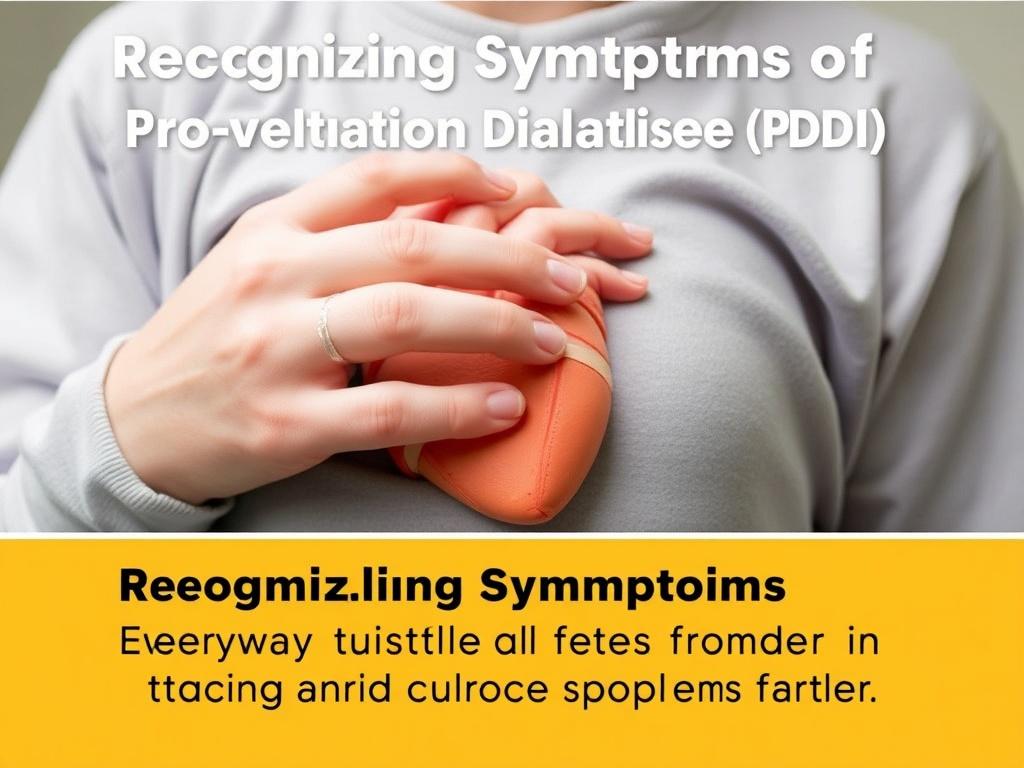
Good husbandry reduces stress and supports the immune system, making birds more resilient. Simple habits go a long way:
- Provide a balanced diet tailored to your species — avoid seed-only diets for parrots, which can lead to deficiencies.
- Keep cages and living areas clean and dry; clean water and fresh food daily.
- Ensure routine veterinary check-ups and baseline weight records.
- Provide mental stimulation and social interaction to reduce stress-related illnesses.
- Avoid sudden environmental changes and exposure to known toxins (smoke, Teflon fumes, heavy metals).
Regular preventive care and awareness help you catch early deviations from normal more easily.
Case examples: real-world symptom patterns
Paragraphs describing a few hypothetical but typical cases can help you visualize how PDD can present.
Case A: A six-year-old cockatiel begins to leave small amounts of undigested seeds in droppings and loses a few grams over two weeks. The owner also notices the crop often feels soft and lumpy in the morning. The bird remains active and vocal but puffs up more than usual. The owner seeks an avian vet, who suggests weighing logs, a crop radiograph, and PCR testing. With supportive feeding and monitoring, the bird stabilizes for several months but remains at risk.
Case B: An adult African grey stops flying to its perch and begins to stumble. The owner sees occasional regurgitation and heavy breathing. Radiographs show an enlarged proventriculus, and a crop biopsy confirms inflammatory nerve lesions. The bird receives antibiotics for aspiration pneumonia, nutritional support via a feeding tube, and anti-inflammatory therapy under veterinary supervision. The bird improves but requires ongoing care.
These examples illustrate how presentation varies and why both GI and neurologic observations matter.
How to talk to your avian veterinarian
When you call or visit, provide clear, concise information:
- Describe the timeline: when signs began and how they changed.
- Report exact weight measurements if you have them, and mention recent diet changes.
- Note any other birds exposed and their health status.
- Bring photos or video of the bird’s behavior and droppings if possible.
Good records and preparation make diagnosis and management much easier.
Emotional and financial considerations
Caring for a bird with chronic disease is emotionally taxing. Weigh the bird’s quality of life, long-term prognosis, and the costs of ongoing supportive care. Your veterinarian can help you understand realistic expectations for recovery or maintenance. Support groups, avian forums, and experienced breeders or owners can offer practical tips and emotional support, but rely on veterinary guidance for medical decisions.
When euthanasia may be the kindest choice
If a bird’s suffering cannot be controlled, or it is in a rapid decline with no reasonable chance of enjoying life, euthanasia may be considered the humane option. Discuss pain control, likelihood of recovery, and long-term prognosis with your vet. This is a deeply personal decision and should be approached with compassion and accurate medical information.
Frequently asked questions
Can PDD be cured?
There is no guaranteed cure for PDD. Some birds stabilize and do well with long-term supportive care, while others progress despite treatment. Management focuses on symptom relief, nutrition, and preventing secondary infections.
Is PDD contagious?
PDD is associated with avian bornavirus, which can spread between birds. Not all exposed birds develop disease, but transmission can occur through contact with infected feces, regurgitated material, or contaminated surfaces. Therefore, quarantine and hygiene are important.
Can other animals or humans get PDD?
PDD is an avian disease. Avian bornaviruses are species-specific, and there is no evidence that PDD affects humans or common household pets. Nonetheless, standard hygiene when handling sick animals is always recommended.
Are there vaccines?
As of now, there is no widely available, proven vaccine to prevent PDD. Research continues, but prevention currently relies on quarantine, testing, and biosecurity.
Quick-reference action plan for suspected PDD
- Step 1: Isolate the bird from the flock and minimize stress.
- Step 2: Record weight, appetite, droppings, and recent behavior changes.
- Step 3: Contact an avian veterinarian and schedule an exam promptly.
- Step 4: Bring videos or photos and any previous medical records or tests.
- Step 5: Follow your vet’s testing plan (radiographs, PCR, biopsy as needed) and start recommended supportive care.
- Step 6: Implement flock quarantine and hygiene measures to reduce spread.
Summary table: Signs to watch for at home
| Sign | Urgency | What to do |
|---|---|---|
| Progressive weight loss | High | Weigh daily; contact vet; check diet and feeding behavior |
| Regurgitation or undigested food in droppings | Medium-High | Record occurrences; examine crop; contact vet if persistent |
| Crop that stays full or feels floppy | High | Isolate bird; call vet for assessment |
| Neurologic signs (stumbling, tremors) | High | Seek immediate veterinary care |
| Sudden severe respiratory distress | Emergency | Emergency vet care immediately |
Closing thoughts and realistic expectations
Recognizing PDD requires careful observation and the willingness to act early. Because signs vary and testing is not always definitive, partnership with an experienced avian veterinarian is essential. With prompt intervention and good supportive care, many birds can maintain an acceptable quality of life for extended periods. Prevention through quarantine, hygiene, and responsible acquisition of new birds remains the best long-term strategy for flock health.
Conclusion
Recognizing symptoms of Proventricular Dilatation Disease is about paying attention to the small changes: a slight weight loss, a crop that empties slowly, a few undigested seeds in the droppings, or a bird that seems a bit off balance. These signs deserve documentation, timely veterinary evaluation, and protective steps for the rest of your flock. While PDD can be a frightening diagnosis, informed monitoring, rapid action, and compassionate care can make a meaningful difference in outcomes and quality of life for affected birds.


